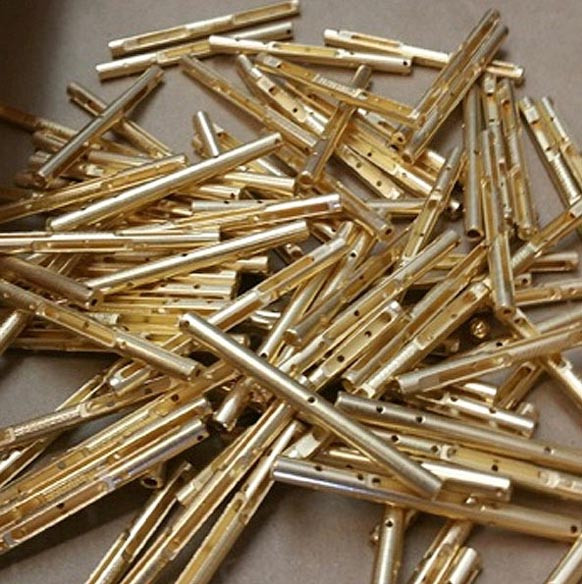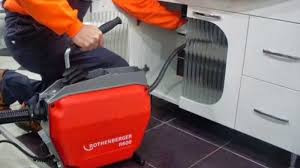While CNC (Computer Numerical Control) machining offers unparalleled precision and efficiency, like any manufacturing process, it is not immune to issues. From tool wear to programming errors, various factors can lead to disruptions in production. Understanding how to identify and troubleshoot common CNC machining products issues is essential for maintaining productivity and ensuring the quality of finished parts. This article explores some typical problems encountered in CNC machining and offers solutions to address them effectively.
Identifying Common Issues
Tool Wear and Breakage
Excessive tool wear or breakage is a prevalent issue in CNC machining, affecting both productivity and part quality. Signs of tool wear include poor surface finish, dimensional inaccuracies, and increased cutting forces. Breakage may occur due to improper feeds and speeds, tool deflection, or material inconsistencies.
Poor Surface Finish
Inconsistent or poor surface finish can detract from the quality of machined parts, impacting aesthetics and functionality. Factors contributing to surface finish issues include improper tool selection, incorrect cutting parameters, and machine vibration.
Dimensional Inaccuracies
Dimensional inaccuracies, such as undersized or oversized features, can result from various sources, including programming errors, machine deflection, and thermal expansion. These deviations from specifications can lead to part rejection and assembly issues downstream.
Troubleshooting Techniques
Tool Wear and Breakage
Optimize Cutting Parameters: Adjust feeds, speeds, and depths of cut to minimize tool wear and prevent breakage.
Monitor Tool Condition: Implement tool monitoring systems to detect signs of wear and prompt tool replacement before issues escalate.
Use High-Quality Tools: Invest in premium cutting tools with robust coatings and materials to prolong tool life and improve performance.
Poor Surface Finish
Check Cutting Parameters: Ensure that cutting parameters such as speeds, feeds, and tool engagement are appropriate for the material and operation.
Inspect Machine and Tooling: Address any sources of vibration or instability in the machining setup, such as worn spindle bearings or toolholder issues.
Consider Tool Geometry: Select tools with the appropriate geometry for achieving the desired surface finish, considering factors such as rake angle and edge preparation.
Dimensional Inaccuracies
Verify Program Accuracy: Thoroughly review CNC programs for errors, including incorrect tool paths, offsets, and tool changes.
Calibrate Machine Tools: Regularly calibrate CNC machines to ensure accuracy and repeatability, addressing factors such as axis alignment and backlash.
Monitor Environmental Conditions: Control environmental factors such as temperature and humidity to minimize thermal expansion and contraction effects on machined parts.
Conclusion
Troubleshooting common CNC machining product issues requires a systematic approach, combining technical knowledge, practical experience, and attention to detail. By identifying the root causes of problems such as tool wear, poor surface finish, and dimensional inaccuracies, manufacturers can implement targeted solutions to improve productivity and part quality. Regular maintenance, ongoing training, and a commitment to continuous improvement are essential for minimizing downtime and maximizing the efficiency of CNC machining operations.








